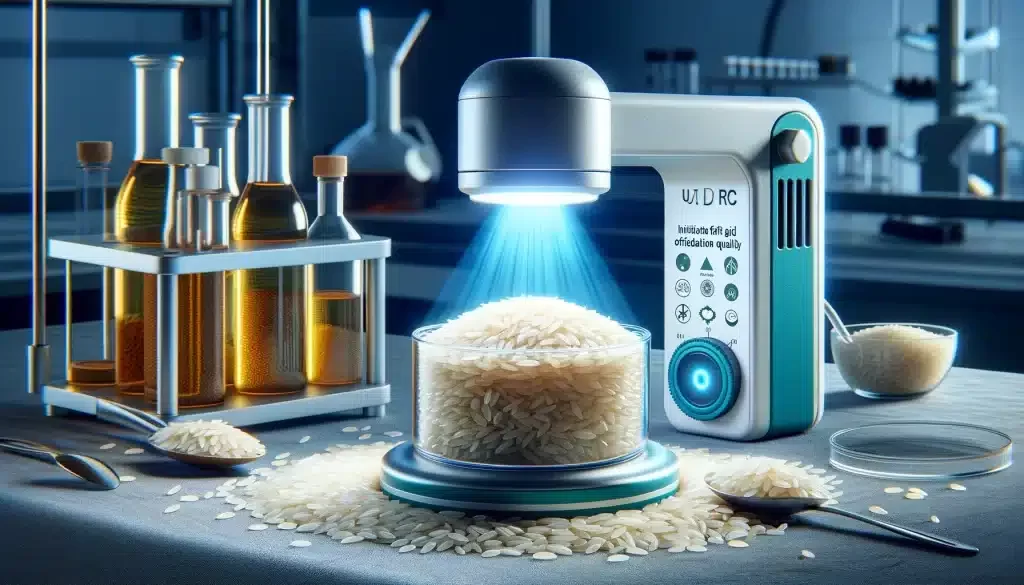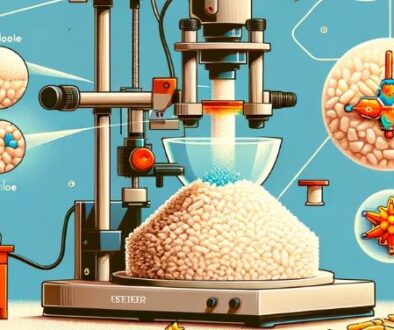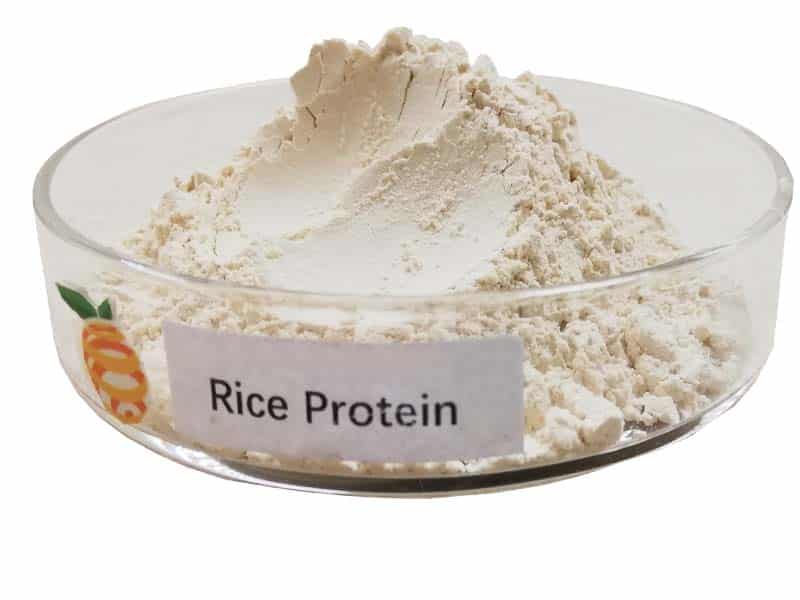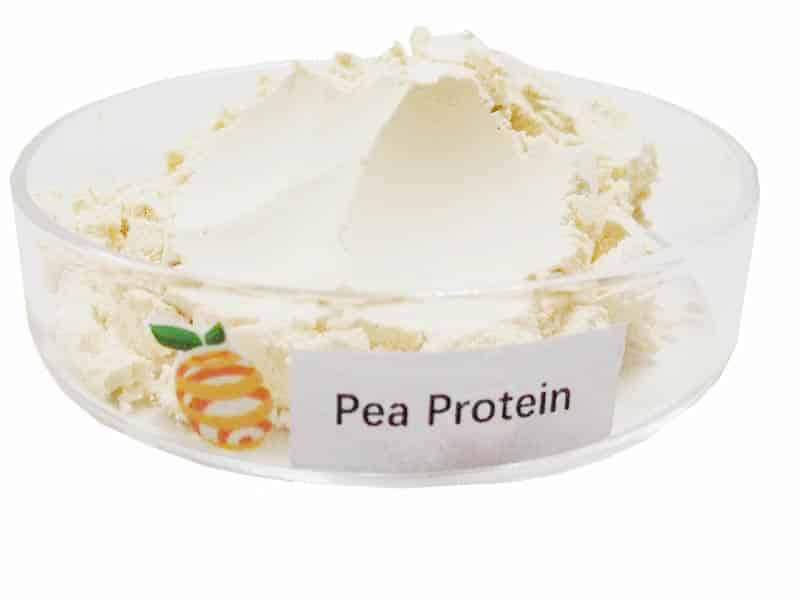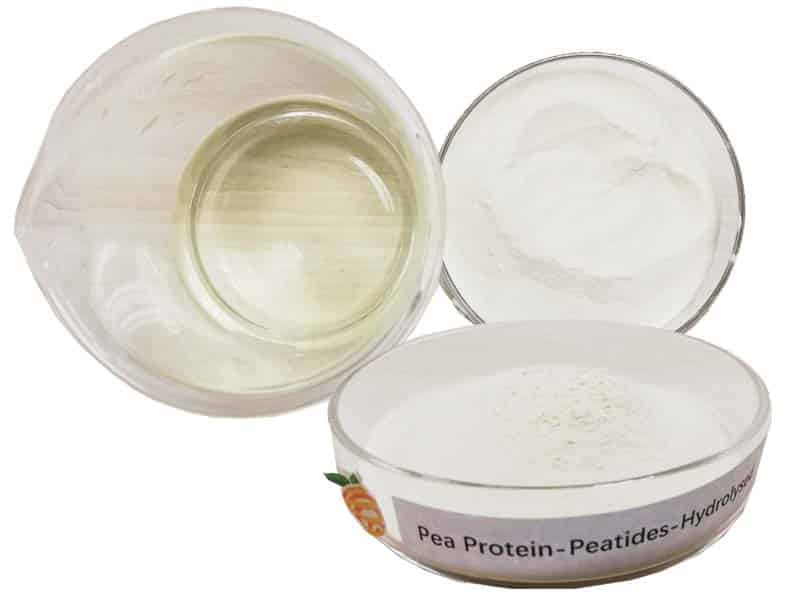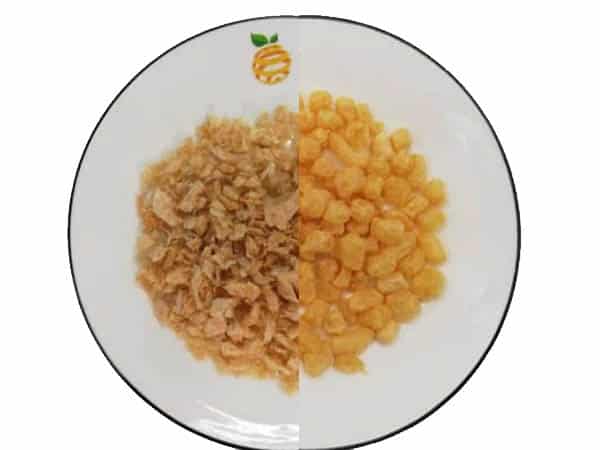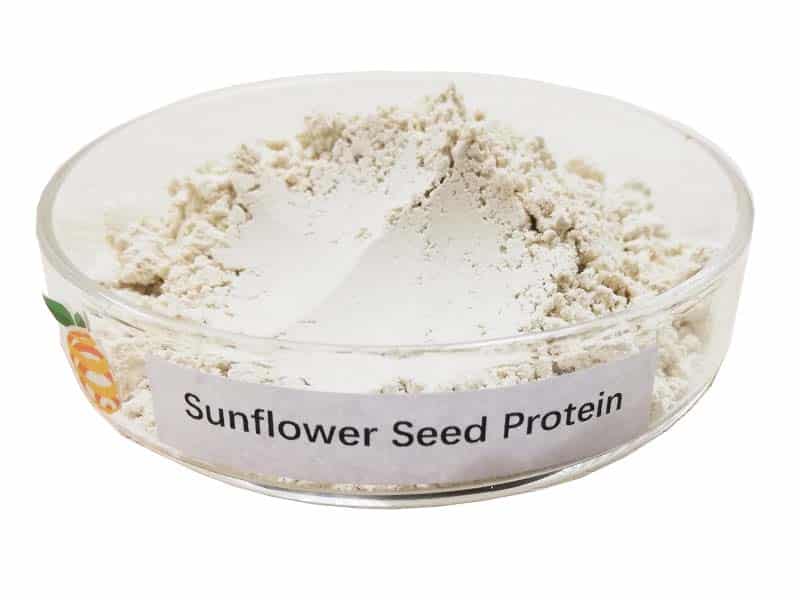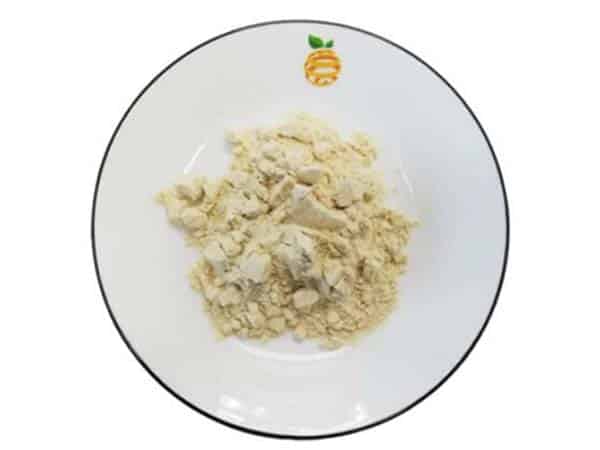Regulation Of Fatty Acid Oxidation And Microbial Contamination Of Rice By Short-Wave Ultraviolet Light
Exploring UV-C’s impact on rice aging, highlighting optimal conditions for preserving quality by inhibiting fatty acid oxidation and microbial growth.
The effects of short-wave ultraviolet light (UV-C) on the aging regulation of rice during storage were discussed, especially the effects of fatty acid oxidation and microbial contamination. Use UV-C to irradiate rice with an irradiation intensity of 4W/m2 for 0, 10, 30 and 60 minutes respectively and then perform exposure and non-exposure treatments. The 0 minute treatment is used as a control to study the activity of lipoxygenase (LOX-3), a key enzyme that regulates fatty acid oxidation. And the change patterns of product malondialdehyde concentration, total number of microorganisms, respiration intensity and cell membrane permeability were determined to clarify the optimal treatment parameters for UV-C regulation of rice aging. The results show that UV-C treatment can effectively inhibit LOX-3 activity and reduce malondialdehyde concentration. The malondialdehyde concentration of rice treated with UV-C irradiation for 30 minutes without exposure was 62.78% lower than the control, while the concentration of malondialdehyde in rice without exposure after 60 minutes of irradiation increased slightly. Immediate exposure treatment will weaken the effect of ultraviolet irradiation. The concentration of malondialdehyde decreases with the increase of irradiation time, but the change rate is small. The change patterns of the total number of microorganisms, respiration intensity, and cell membrane permeability are similar to those of malondialdehyde concentration. Therefore, it is believed that irradiation intensity of 4W/m2, irradiation time of 30 minutes, and no exposure treatment after irradiation can effectively inhibit the oxidation of rice fatty acids and microbial contamination, delay the aging rate of rice, and improve the quality and preservation effect of rice during storage.
Experimental Design and Methodology
In the quest to extend the shelf life of rice and maintain its quality during storage, the application of short-wave ultraviolet light (UV-C) presents a promising avenue for controlling the aging process. This study delves into the effects of UV-C irradiation on the regulation of rice aging, with a particular focus on fatty acid oxidation and microbial contamination. Through meticulous experimentation, the research outlines how different durations of UV-C treatment influence key parameters related to rice aging, providing insights into the optimal conditions for preserving rice quality.
Key Findings on LOX-3 Inhibition and Malondialdehyde Reduction
Rice samples were subjected to UV-C irradiation at an intensity of 4W/m² for varying durations: 0, 10, 30, and 60 minutes. The 0-minute treatment served as a control to benchmark against the effects observed in the treated samples. Post-irradiation, some samples underwent exposure treatments to evaluate the immediate effects of UV-C irradiation, while others were analyzed without further exposure to assess longer-term impacts. The study primarily assessed the activity of lipoxygenase (LOX-3)—a critical enzyme regulating fatty acid oxidation—and measured the concentration of malondialdehyde, an indicator of lipid peroxidation. Additionally, the total number of microorganisms, respiration intensity, and cell membrane permeability were evaluated to comprehensively understand the effects of UV-C on rice aging.
Impact of Post-Irradiation Exposure on UV-C Efficacy
The findings reveal a significant inhibition of LOX-3 activity in rice treated with UV-C, correlating with a reduction in malondialdehyde concentrations. Remarkably, a 30-minute UV-C irradiation without subsequent exposure reduced the malondialdehyde concentration by 62.78% compared to the control, highlighting the efficacy of UV-C in curbing lipid peroxidation. Conversely, a 60-minute irradiation followed by no exposure led to a slight increase in malondialdehyde levels, suggesting a threshold beyond which the benefits of UV-C irradiation begin to diminish.
Optimal Conditions for Rice Aging Regulation Identified
Moreover, the study demonstrated that immediate exposure after UV-C treatment tends to weaken its beneficial effects, underlining the importance of controlled post-irradiation conditions. The trend of decreasing malondialdehyde concentration with increased irradiation time plateaued, indicating an optimal irradiation duration for maximum efficacy. Similar patterns were observed in the dynamics of microbial populations, respiration intensity, and cell membrane permeability, reinforcing the interconnectedness of these factors in the aging process of rice.
Conclusion and Implications for Food Storage Industry
Conclusively, this research substantiates that UV-C irradiation at an intensity of 4W/m² for 30 minutes, followed by a lack of exposure, optimally inhibits fatty acid oxidation and microbial growth. This treatment effectively delays the aging of rice, enhancing its preservation and quality during storage. These findings hold significant implications for the food storage industry, offering a viable method to prolong the shelf life of rice while maintaining its nutritional and sensory qualities. Future studies could explore the scalability of this approach and its applicability to other staple grains, potentially revolutionizing the way we preserve food globally.
For futher details of this article and research, feel free to contact our team for assistance.
Original research was done by Liu Xia, Xu Linan, Chen Yuanyuan, Zhang Yibin, Wang Wei, Li Xihong
About ETprotein:
ETprotein, a reputable plant protein vegan protein Chinese factory manufacturer and supplier, is renowned for producing, stocking, exporting, and delivering the highest quality organic bulk vegan protein and plant proteins. They include Organic rice protein, clear rice protein, pea protein, clear pea protein, oat protein, watermelon seed protein, pumpkin seed protein, sunflower seed protein, mung bean protein, peanut protein, various of plant peptides etc. Their offerings, characterized by a neutral taste, non-GMO, allergen-free attributes, cater to a diverse range of industries. They serve nutraceutical, pharmaceutical, cosmeceutical, veterinary, as well as food and beverage finished product distributors, traders, and manufacturers across Europe, USA, Canada, Australia, Thailand, Japan, Korea, Brazil, and Chile, among others.
ETprotein specialization includes exporting and delivering tailor-made protein powder and finished nutritional supplements. Their extensive product range covers sectors like Food and Beverage, Sports Nutrition, Weight Management, Dietary Supplements, Health and Wellness Products, and Infant Formula, ensuring comprehensive solutions to meet all your protein needs.
As a trusted company by leading global food and beverage brands and Fortune 500 companies, ETprotein reinforces China’s reputation in the global arena. For more information or to get a free sample of their protein products, please contact them and email sales(at)ETprotein.com today.

